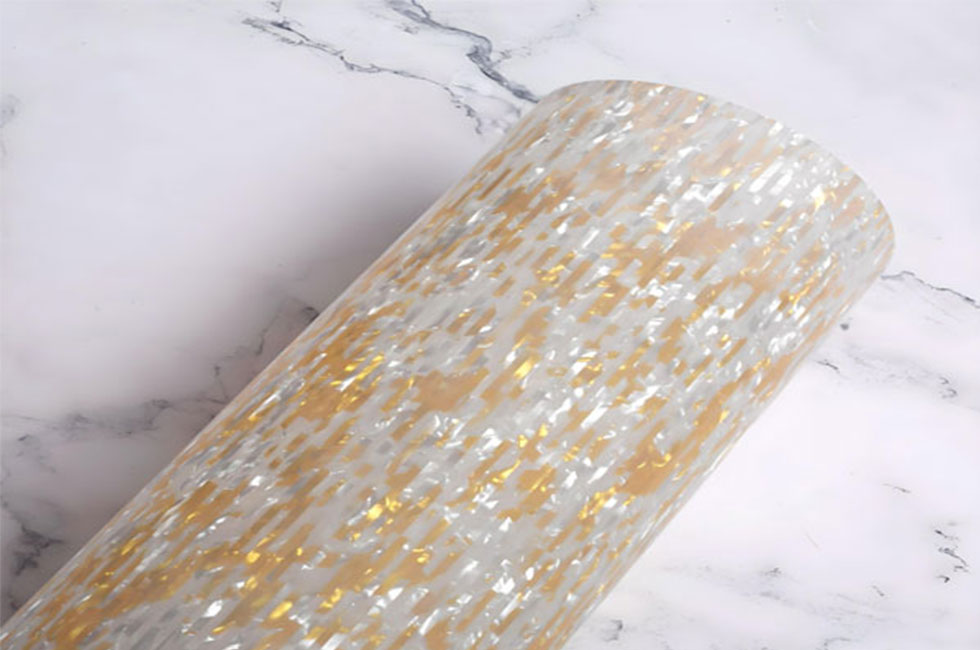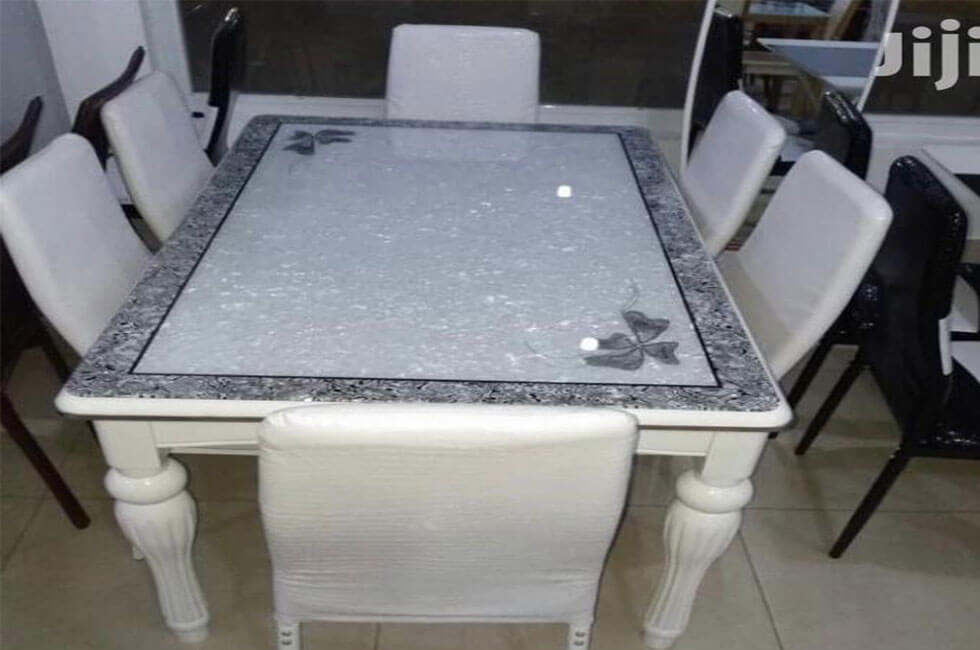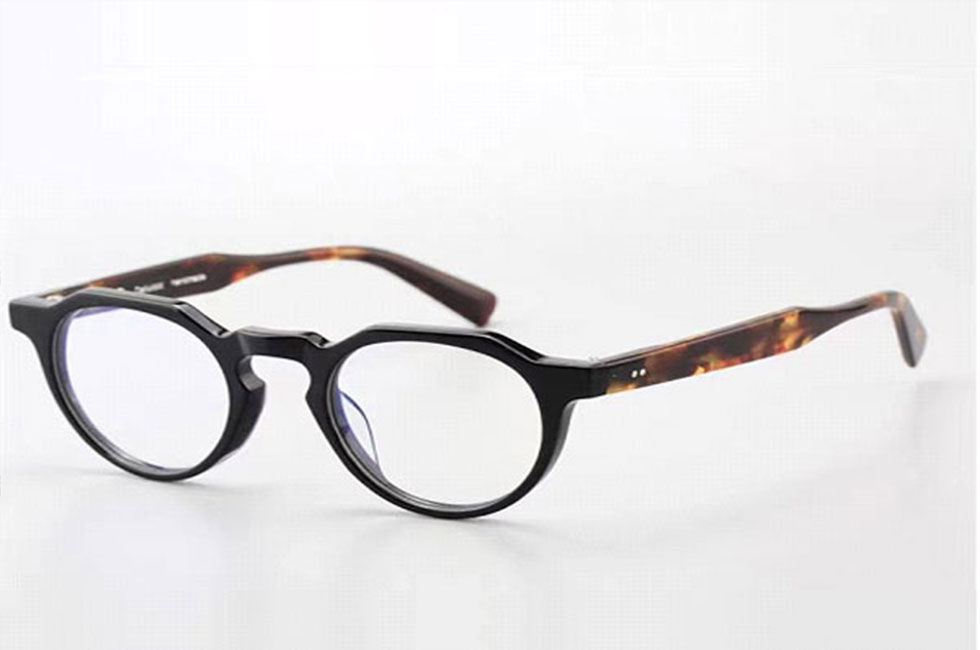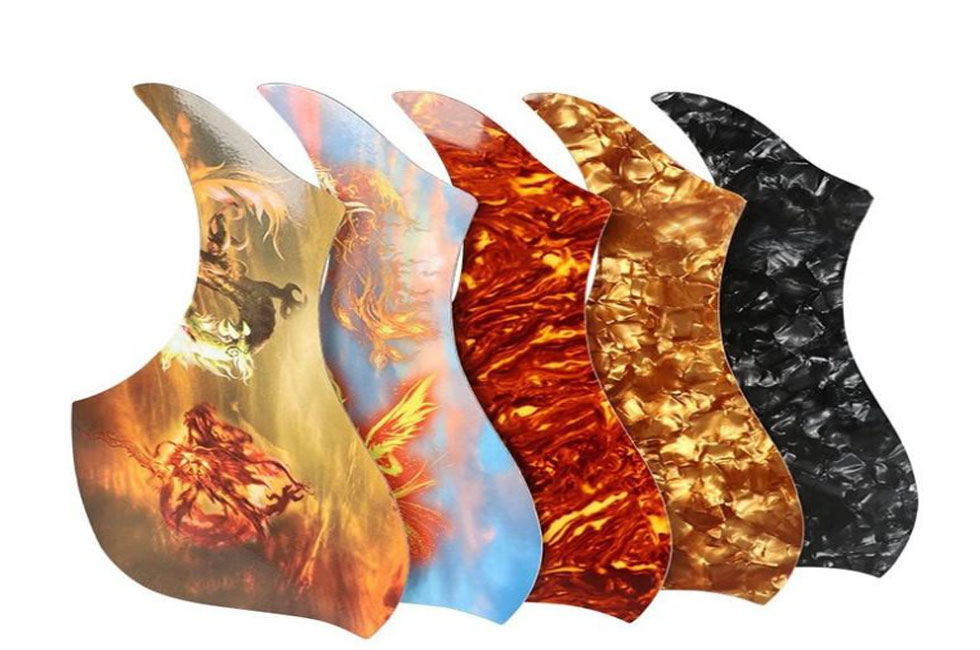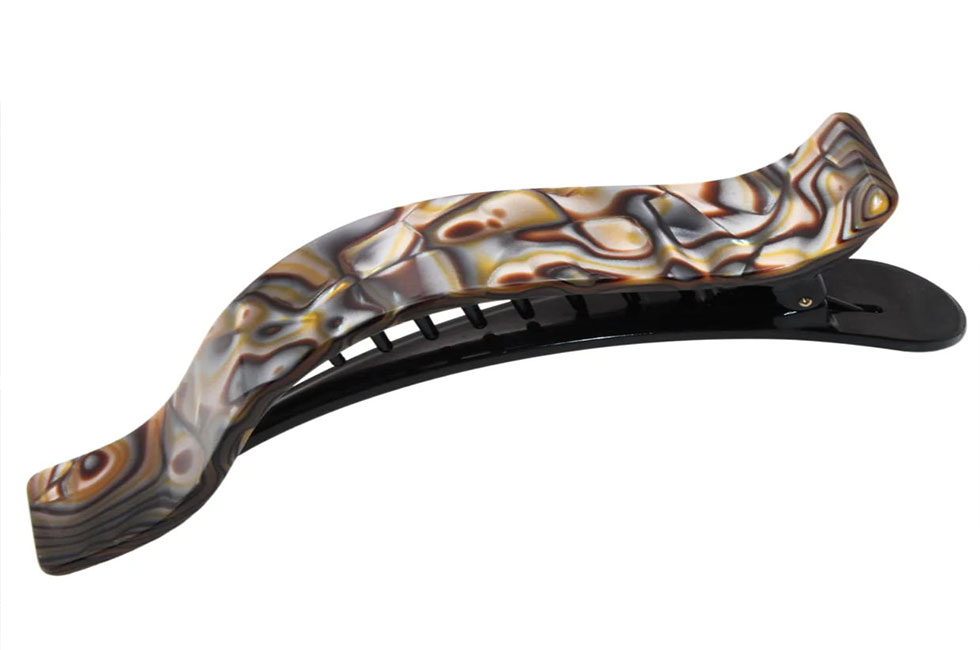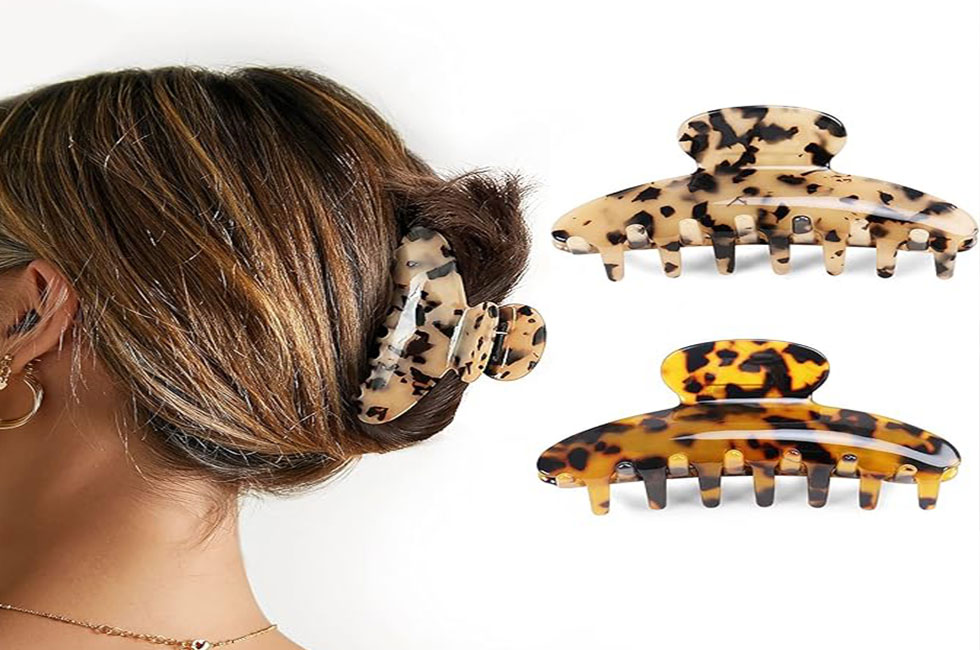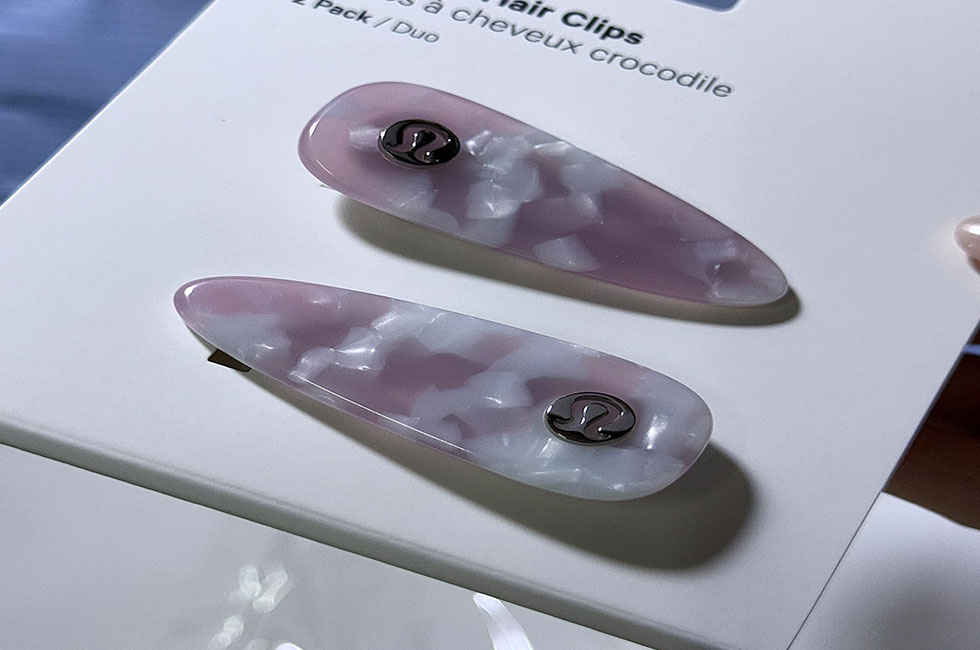How to Use Celluloid Decoration for Round Table
Celluloid Used for Round Table
When using celluloid sheet material for round table decoration, its ease of processing, rich colors, and strong formability should be utilized. Starting with the tabletop, edges, legs, and other areas, decorative effects should be achieved through lamination, inlaying, and edging, while balancing practicality and aesthetics. The following are the specific methods and steps:
- Core Decorative Areas and Techniques
- Main Tabletop Decoration: Veneer/Inlay
The tabletop is the visual centerpiece of the round table. Celluloid can be enhanced through “surface covering” or “partial inlaying,” adapting to different styles.
Full Tabletop Veneer (Suitable for Minimalist/Retro Styles)
Step 1: Measuring and Cutting
Accurately measure the diameter of the round table (including the edge curvature) and cut the celluloid sheet material into circles of the same diameter to the desired dimensions. (Laser cutting can be used to ensure smooth edges and avoid rough edges caused by hand-cutting.) If you wish to preserve the texture of the original tabletop material (such as wood or stone), choose transparent or translucent celluloid (0.5-2mm thick) to reveal the underlying texture while also forming a protective coating. Step 2: Surface Preparation
Clean the round table surface (to remove oil and dust), and lightly sand the base with fine sandpaper (to enhance adhesion). Wipe the back of the celluloid with alcohol to degrease it and prevent bubbles during bonding.
Step 3: Bonding
Use environmentally friendly solvent adhesive (such as cellulose acetate adhesive, which is compatible with celluloid) to evenly apply to the base and back of the celluloid. Align the center, pressing from the center outwards. Use a roller to expel air and ensure there are no bubbles or wrinkles. Let the adhesive cure for 24 hours.
Style Extensions: For a vintage look, choose faux wood grain or tortoiseshell celluloid. For a modern look, opt for solid colors (black, white, or Morandi colors) or geometric prints. You can even create a gradient effect by layering multiple layers (such as transparent and colored). Partial Inlay (Suitable for a light luxury/artistic style)
Prepare a groove in the tabletop (such as a circular, petal-shaped, or radially lined pattern). Fit the cut celluloid sheets (1-3mm thick) into the groove. Fill the gaps around the edges with glue in the same color, sand them flat, and then polish them. For example:
Inlay a circular colored celluloid in the center, leaving the wood grain around the edges to create a layered effect of “focus + contrast”;
Inlay thin strips of celluloid (such as red, gold, and black) along the radius to simulate a “sunburst” pattern and enhance visual tension.
- Edge Binding: Bending and Shaping
Round tables (especially wooden ones) are prone to wear and tear. Using celluloid edging protects the edges while enhancing the style through color and texture.
Key Technique Tips:
Celluloid softens when heated to 60-80°C, exhibiting a certain degree of plasticity. Based on the thickness of the table edge (usually 2-5cm), cut the celluloid sheet into “U-shaped strips” (inner width = edge thickness). After heating, bend it to fit the curve of the edge, and let it cool to set.
The edging strips can be the same color as the tabletop (for a sense of unity) or a contrasting color (for a contrasting accent). For example, a black tabletop with gold celluloid edging adds a touch of luxury.
If the table edge has carvings, cut the celluloid into thin strips and glue them along the outline of the carving to highlight the lines (for example, the curly grass pattern on a European round table is outlined with gold celluloid).
- Leg Decoration: Wrapping/Carving
Round table legs (especially cylindrical or tapered legs) can be decorated with celluloid to enhance the overall harmony. Cylindrical Leg Wrapping:
Cut the celluloid sheet into a rectangular shape (length = leg circumference, height = exposed leg portion). After softening, heat and roll it into a tube. Fit the sheet to the leg surface and glue the seams together (the seams can be hidden on the back of the leg). If the leg has grooves, press the celluloid into the grooves to create a “segmented” decoration (e.g., apply a celluloid ring every 10cm).
Carved Decoration:
Use a thicker celluloid sheet (3-5mm) and carve a pattern (such as vines or geometric patterns). After cutting, secure it to the side of the leg with screws or glue. This is suitable for Chinese and neoclassical styles. II. Style Compatibility and Design Techniques
Retro Style: Use celluloid veneers with simulated wood grain or tortoiseshell patterns, paired with brass edging, to recreate the warm texture of vintage furniture.
Modern Minimalist: Choose a full-face celluloid veneer in a solid color (white, gray, or transparent) with invisible edging around the edges to emphasize a sense of lightness and transparency.
Artistic Style: Cut the celluloid into irregular pieces and piece them together to create an abstract pattern (such as a starry sky or collage). Glue them into the grooves of the tabletop, then coat the entire surface with a transparent resin seal to create a three-dimensional artistic tabletop.
III. Precautions
Safety: Celluloid is flammable; avoid placing open flames (such as candles) on the tabletop. Use high-temperature-resistant adhesive (≥60°C) to prevent peeling due to high temperatures.
Durability: For daily cleaning, wipe with a soft cloth dampened with water. Avoid using solvents such as alcohol and acetone (which may corrode the celluloid surface).
Precision: Circular cutting requires precise precision, ensuring that the celluloid perfectly matches the curvature of the tabletop and edge. Otherwise, warping may occur. Through the above methods, celluloid can not only play its advantages in color and texture, but also adapt to the curved structure of the round table through fitting and shaping processes, taking into account both decorativeness and practicality, giving the round table a unique retro or modern texture.
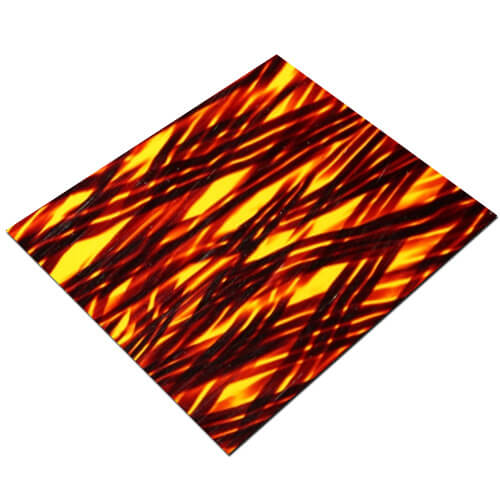
Contact us team
If you are interested in our article after reading it, please do not hesitate to send us an email to express your thoughts.

